| The collection of the Museu de Cerâmica features local and imported tiles and ceramics from the 16th century to the present. | |
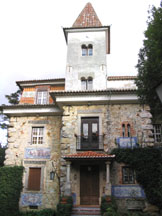 |
 |
Majolica Ceramics of Caldas da Rainha, Portugal
This page takes a quick look at the colorful earthenware ceramics,
known as majolica
and faience, of Caldas da Rainha.
| The collection of the Museu de Cerâmica features local and imported tiles and ceramics from the 16th century to the present. | |
 |
 |
| The Faianças Artísticas Bordalo Pinheiro Ceramic Factory also has a museum. | ||||
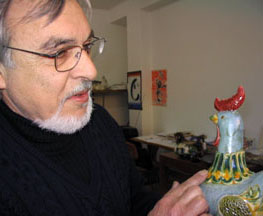 |
 |
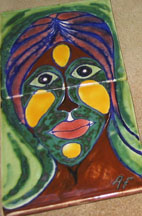 |
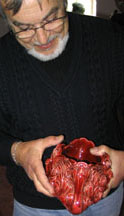 |
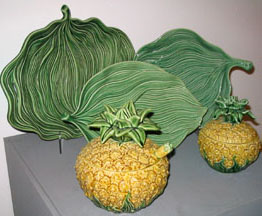 |
| Antonio Manuel Fonseca designed for the company for many years. Although retired, he is still a design consultant. | ||||
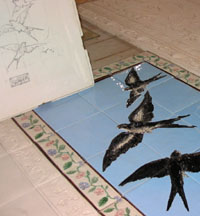 |
 |
 |
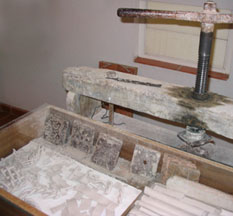 |
| The factory museum includes tools and techniques, from design to finished products. | Clay was pressed into molds to produce arista relief tiles like the ones on the wall. | These clay, plaster, and wooden molds were used to make roof tiles and bricks. | Clay was pushed through metal templates to extrude coils of varying sizes. |
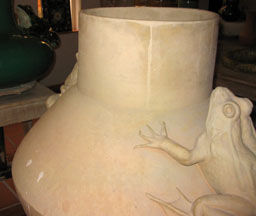 |
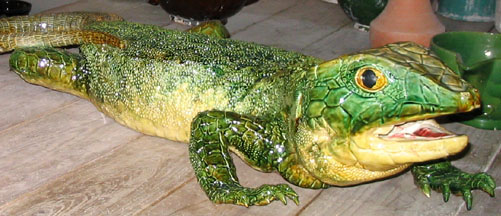 |
| A variety of unfinished and glazed creatures are on display in the museum. | |
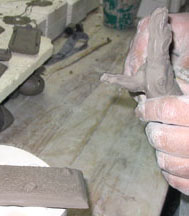 |
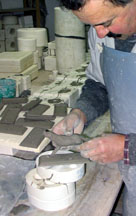 |
 |
 |
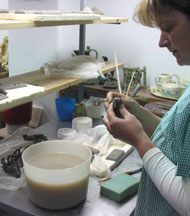 |
| A factory studio tour shows the production steps. Complicated sculptures are slip cast in several parts. The mold seams are scraped and smoothed, then the casts are joined together. The pieces are fired (bisqued) after they have completely dried. | ||||
|
|
 |
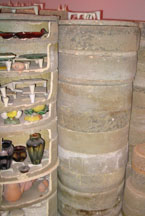 |
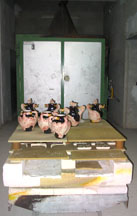 |
| Bisqued pieces are hand painted with several different glazes. The glazes will mature and change color during firing. | Pieces used to be fired inside saggars in wood-fired kilns to protect them from the ash. Today the work is fired on shelves in clean-firing electric kilns. | ||